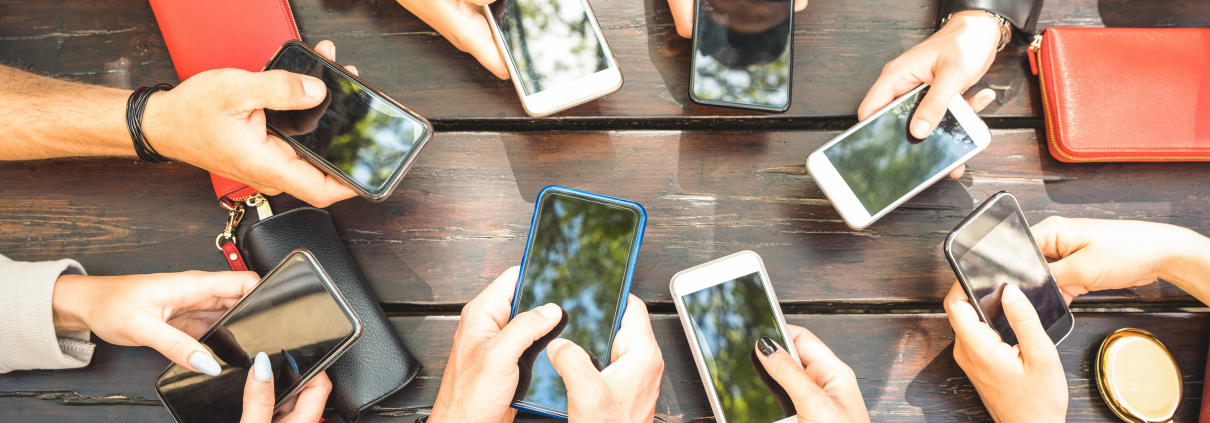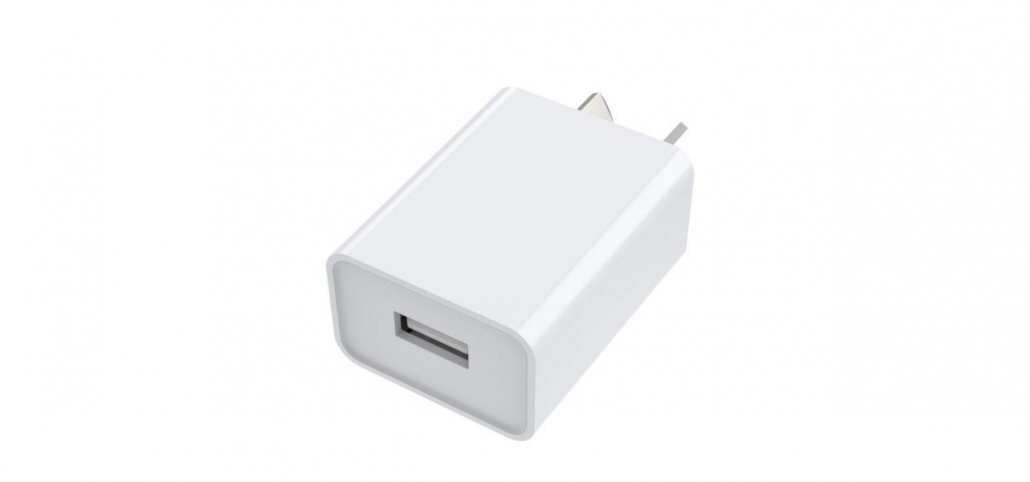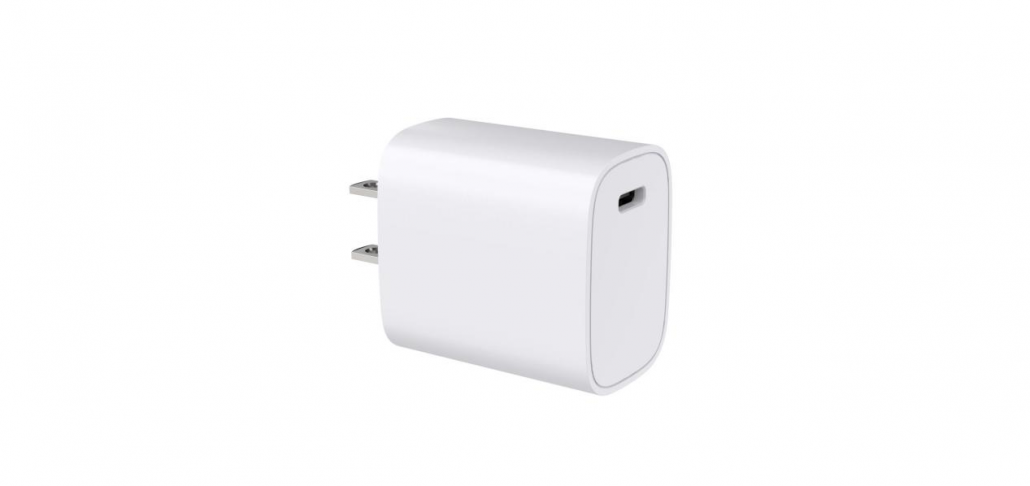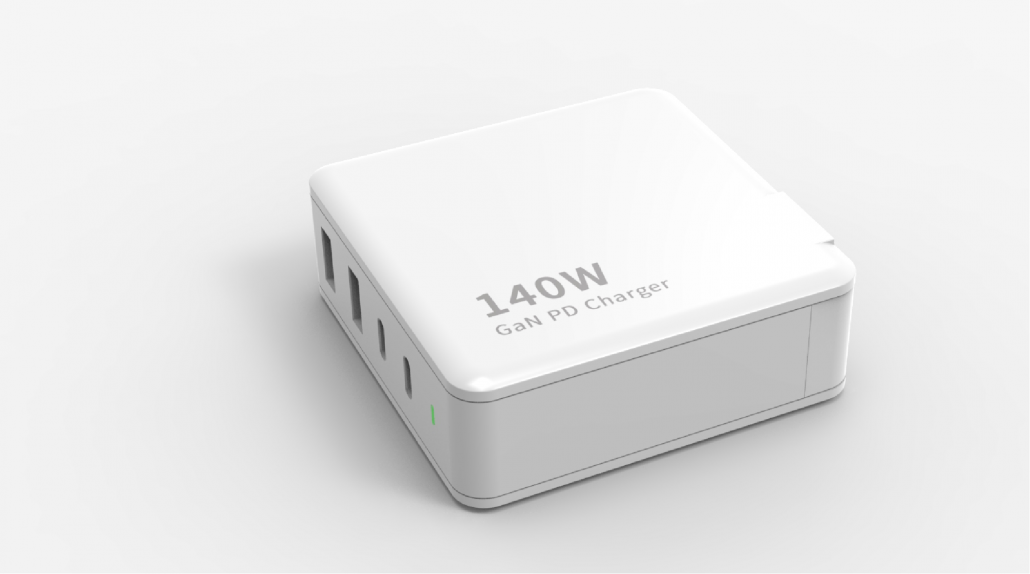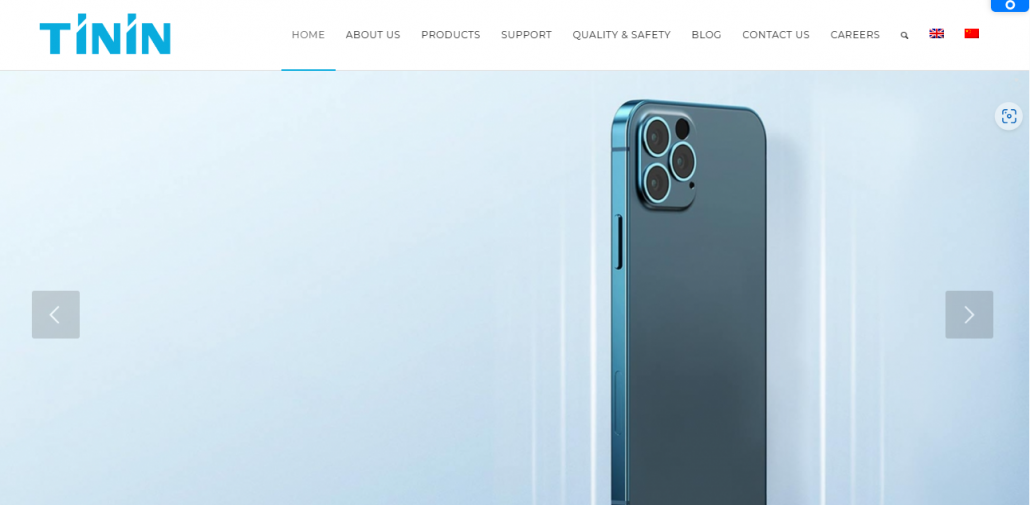A Multitude of Phone Brands in the Market: Navigating the Power Charger Landscape
A Multitude of Phone Brands in the Market: Navigating the Power Charger Landscape 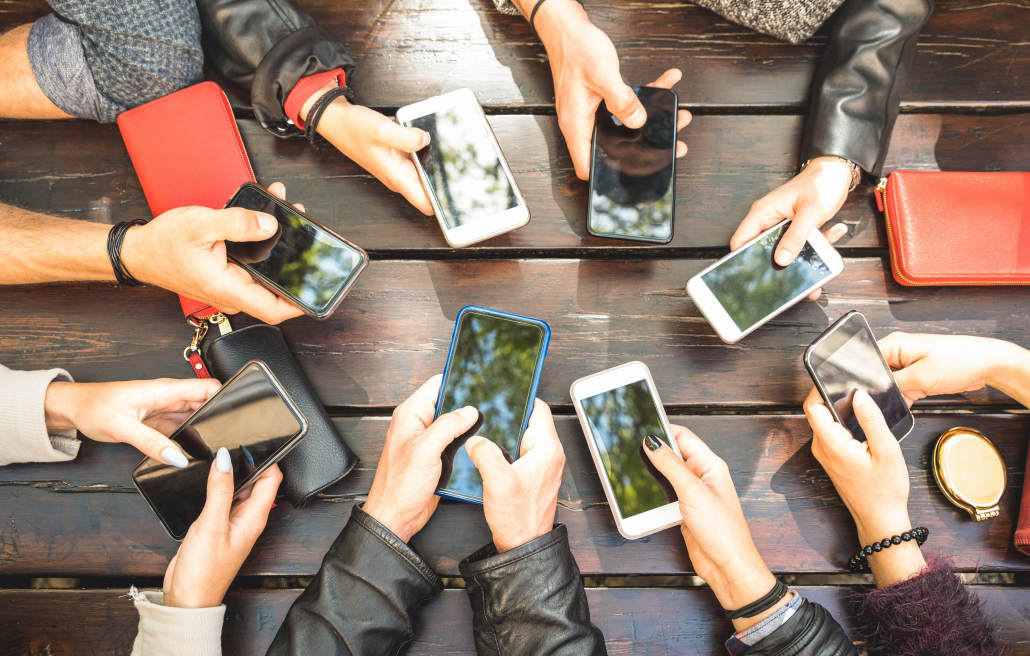
Introduction
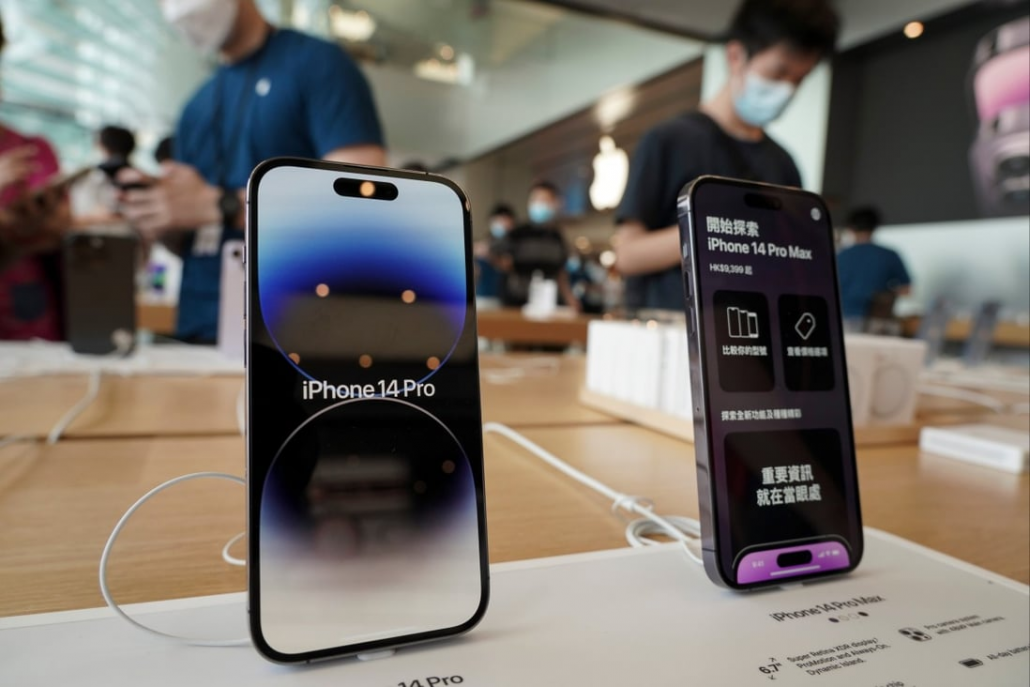
The modern smartphone market has experienced an explosive growth in recent years, with an array of brands offering diverse features and capabilities to cater to a wide range of consumer preferences. Alongside this multitude of brands comes a variety of power chargers, each tailored to specific phone models. In this article, we delve into the vast landscape of phone brands currently available and the power chargers required to keep these devices charged and ready for action.

As of my last knowledge update in September 2021, the smartphone market was populated by numerous brands, each vying for consumer attention. Established giants like Apple, Samsung, and Google have been joined by emerging players such as OnePlus, Xiaomi, Oppo, Vivo, and Huawei, to name a few. Each brand offers its own unique blend of design, specifications, and features to cater to the diverse preferences of smartphone users worldwide.
The market’s dynamism is fueled by continuous innovation, resulting in new models being released regularly, each with varying charging requirements. As a result, it’s essential for consumers to be aware of the specific power charger needed for their devices.
Understanding Power Chargers
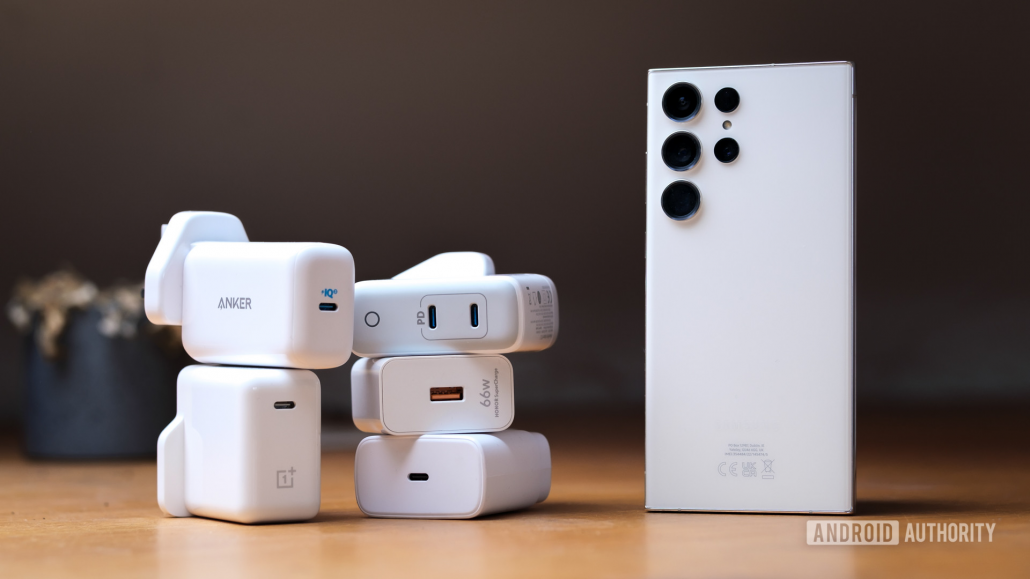
Power chargers are essential accessories for smartphones, ensuring that users can conveniently charge their devices and stay connected. Different phone models often require different types of chargers due to variations in charging technologies, port types, and power requirements. Let’s explore the common types of power chargers and the brands that utilize them:
- USB Type-A Charger: This traditional charger type has been widely used for years. It features a USB-A port that plugs into the phone and usually a USB-A to Micro USB or USB-C cable on the other end. Numerous brands, including older models from Samsung, LG, and various budget-friendly options, use this charging standard.
- USB Type-C Charger: USB-C chargers are becoming increasingly popular due to their reversible design and faster data transfer speeds. Brands like Apple (with certain models), Google, Samsung (in newer models), OnePlus, and many others have adopted this standard for its enhanced capabilities.
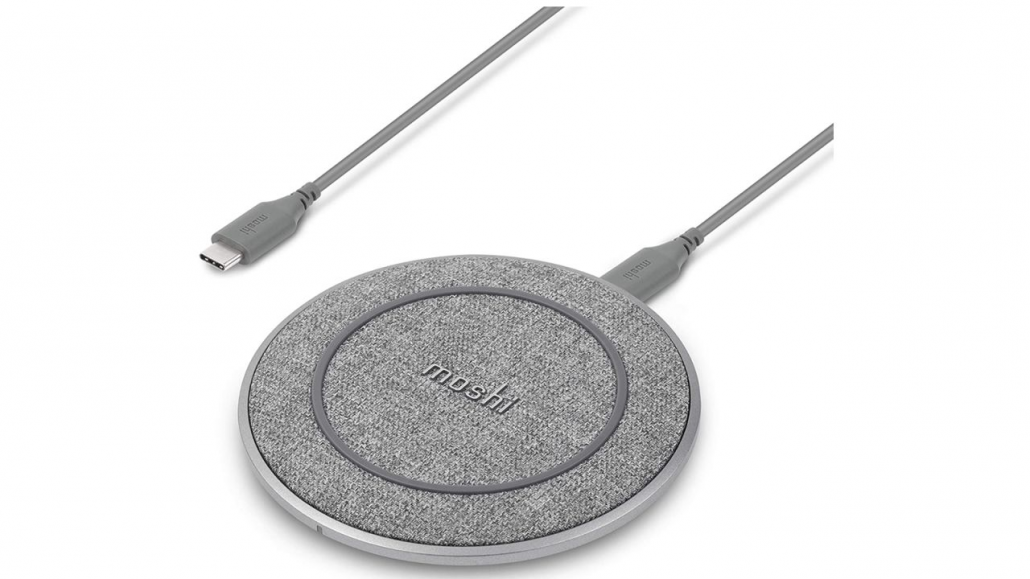
- Wireless Chargers: Some brands have embraced wireless charging technology, which eliminates the need for physical connections. Devices from Apple, Samsung, Google, and more offer wireless charging compatibility, but users need to ensure they have a compatible wireless charger.
- Fast Charging Technologies: Many brands incorporate proprietary fast charging technologies. For instance, OnePlus has its Dash Charge (now Warp Charge) technology, while Huawei boasts SuperCharge. These technologies require specific chargers and cables to deliver their advertised rapid charging speeds.
Navigating the Charger Maze

With such a diverse range of phone brands and charging technologies, it’s crucial for consumers to know their device’s requirements. Manufacturers usually provide the necessary charger and cable in the box when purchasing a new phone. However, if you need a replacement or an additional charger, it’s essential to:
- Check the Manufacturer’s Website: Manufacturers often list compatible chargers for each device model on their official websites.
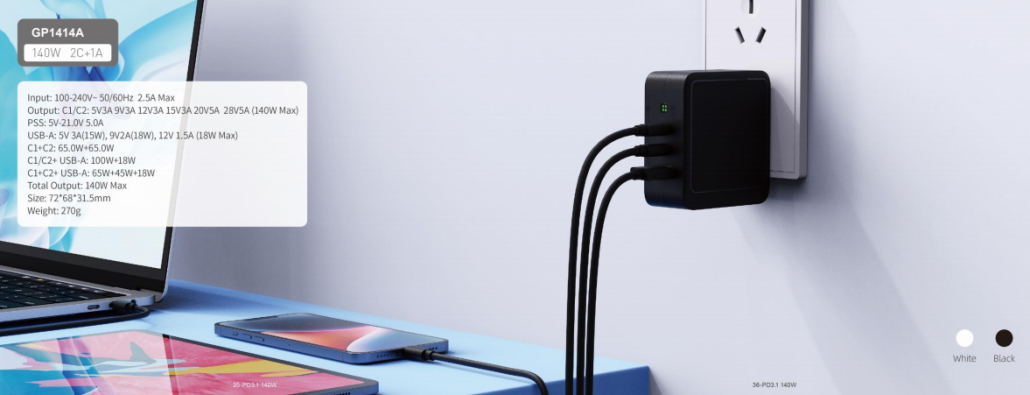
- Read the Specifications: Pay attention to the power output (measured in watts) of the charger. Higher wattage generally means faster charging.

- Beware of Third-Party Chargers: While third-party chargers can be more affordable, they might not provide the same level of safety and compatibility as official chargers. Choose reputable brands to ensure quality and safety.
Conclusion

In the ever-evolving landscape of smartphones, a plethora of brands offer a wide range of models with diverse features. These devices come with varying charging requirements, necessitating the use of specific power chargers. As consumers, it’s crucial to understand the type of charger your phone needs to ensure safe and efficient charging. By staying informed about your phone’s specifications and the available charging technologies, you can keep your device powered up and ready for all your digital endeavors.

